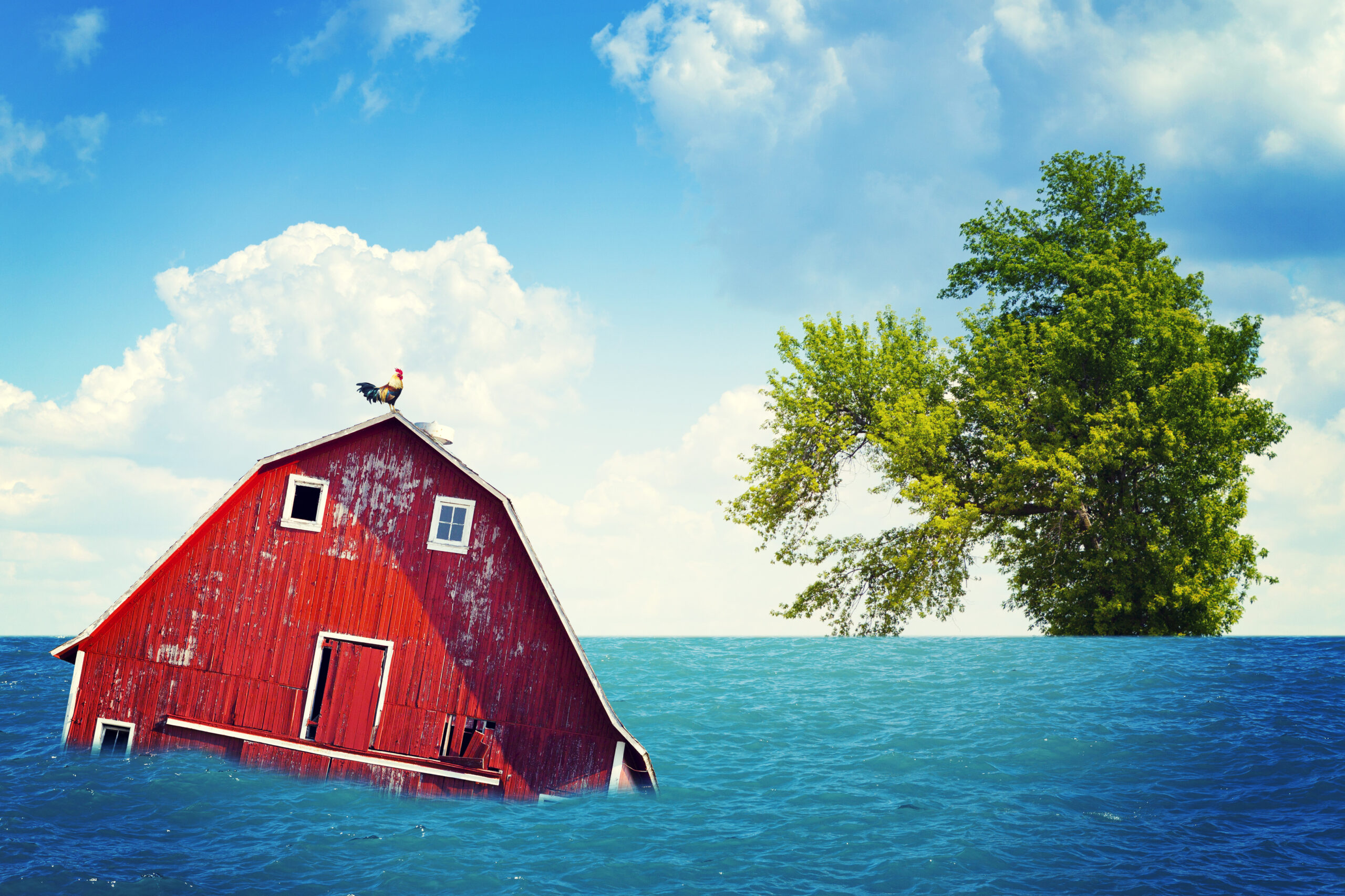The Shifting Landscape of Home Insurance Costs
Homeowners across the United States are witnessing a dramatic shift in the cost and availability of their insurance coverage. For decades, home insurance premiums were a relatively predictable part of household budgets. However, in recent years, this has changed significantly. Premiums are rising at unprecedented rates in many areas, outpacing inflation and making it increasingly challenging for homeowners to maintain adequate protection.
This changing landscape isn’t solely due to general economic factors, although rising construction costs and supply chain issues certainly play a role in increasing the cost of repairs and rebuilding after damage. A primary driver behind this surge in expenses and complexity is the escalating frequency and intensity of extreme weather events. From devastating wildfires in the West to powerful hurricanes along the coasts and severe convective storms impacting the Midwest and South, climate-related disasters are becoming more common and more costly.
Insurers base their pricing on risk. When the risks associated with natural disasters increase dramatically, the cost of transferring that risk from the homeowner to the insurer necessarily rises. This fundamental principle of insurance economics is at the heart of the current affordability crisis for many homeowners. The historical data insurers relied on for pricing is becoming less relevant in a future where extreme weather is a more consistent and severe threat.
Understanding the complex interplay between environmental changes and insurance market dynamics is crucial for homeowners navigating this challenging environment. The impact of extreme weather on home insurance affordability is a national concern, affecting not just coastal or wildfire-prone regions, but increasingly areas previously considered lower risk.
This trend is not limited to specific states; while some regions like Florida and California have been prominent examples due to hurricanes and wildfires, other areas are also experiencing significant shifts. Rising claims from events like Derechos, intense thunderstorms, and unexpected flooding in new areas contribute to a broader recalculation of risk by the insurance industry. This necessitates a deeper understanding of the factors at play and the potential implications for securing and maintaining necessary home insurance coverage.
The market response to these increased risks includes not just higher premiums, but also changes in coverage availability, increased deductibles (especially for wind, hail, or hurricane damage), and stricter underwriting standards. Some insurers are limiting the types of homes they will cover, particularly older properties or those with specific construction materials deemed more vulnerable to certain perils. These changes collectively redefine what it means to secure and maintain home insurance in the current climate.
Understanding How Extreme Weather Impacts Home Insurance Affordability
The direct link between extreme weather and the increasing unaffordability of home insurance stems from the fundamental business model of insurance. Insurance companies collect premiums from many policyholders to create a pool of funds used to pay out claims for the few who experience covered losses. When the number and cost of those losses increase significantly, the premiums collected must also rise to cover the increased payouts and the insurer’s operational costs and desired profit margin.
Extreme weather events, by their nature, cause widespread and severe damage. A single major hurricane can result in billions of dollars in insured losses across a wide geographic area. Similarly, a wildfire season can devastate entire communities. When these catastrophic events occur more frequently or with greater intensity, insurers face higher claim volumes and larger individual claim amounts.
Consider the impact of events like Hurricane Helene, which caused extensive property damage. While predicting the exact cost of future disasters is impossible, historical data from such events informs insurer risk models. The Insurance Information Institute (III) often provides valuable data and analysis on the financial impact of natural catastrophes on the insurance industry. This data directly influences how insurers assess risk and price policies in vulnerable areas. For instance, insights into the financial aftermath of major storms highlight the scale of potential payouts insurers must prepare for.
Furthermore, climate change introduces uncertainty into traditional risk modeling. Historical weather patterns, which insurers have long relied upon, may no longer be reliable predictors of future events. As scientists observe shifts in temperature, precipitation patterns, and the frequency of extreme events, insurers must adapt their models, often leading to a more conservative assessment of risk and, consequently, higher premiums in exposed areas.
Specific types of extreme weather contribute to affordability issues in different regions:
- Wildfires: In states like California, the increasing frequency and intensity of wildfires, fueled by drought and forest management issues, have led to massive losses for insurers. This results in significant rate hikes and, in some cases, insurers withdrawing coverage from high-risk zones.
- Hurricanes and Tropical Storms: Coastal regions are particularly vulnerable. The sheer destructive power of hurricanes, involving wind, storm surge, and heavy rain, causes extensive structural damage and flooding. Rising sea levels can exacerbate storm surge impacts. Understanding factors like hurricane deductibles is crucial in these areas, as these can be significantly higher than standard deductibles, placing more financial burden on the homeowner after a storm.
- Flooding: Often the most costly natural disaster, flooding can occur anywhere, not just in designated floodplains. As weather patterns become more unpredictable, intense rainfall events can lead to flash floods in urban and rural areas alike. Standard homeowners insurance typically does NOT cover flood damage, requiring separate flood insurance. The increasing incidence of flooding makes securing and affording this additional coverage essential, adding another layer to the overall cost of protecting a home. Understanding flood insurance and assessing flood risk is becoming important for a broader range of homeowners.
- Severe Convective Storms: This category includes thunderstorms, tornadoes, hail, and straight-line winds. These events are occurring more frequently in certain parts of the country, causing significant damage from hail impact, wind destruction, and fallen trees. The cumulative cost of claims from these widespread events contributes substantially to rising premiums, even in areas not typically associated with coastal or wildfire risks.
The cumulative effect of these various weather-related claims places immense financial pressure on the insurance industry. To remain solvent and able to pay future claims, insurers must adjust their pricing strategies. This adjustment directly impacts the affordability of home insurance for consumers, especially those living in regions where extreme weather is a growing threat.
Why Insurers Are Pulling Back in High-Risk Areas
The decision by insurance companies to reduce coverage or completely withdraw from certain geographic markets is a direct response to the financial pressures imposed by increased severe weather events. When an area experiences a high frequency or severity of costly claims, it becomes economically unsustainable for private insurers to offer coverage at rates deemed acceptable by regulators or affordable by consumers.
Insurers are businesses that need to manage risk and maintain profitability. Their models assess the likelihood and potential cost of future claims based on historical data and future projections. When projections for losses in a specific area rise sharply due to increased extreme weather, the risk outweighs the potential return on investment. Continuing to offer policies in such areas at traditional rates would jeopardize the insurer’s financial stability, potentially impacting their ability to pay claims across all their policyholders.
Several factors contribute to this pullback:
- Unprofitable Markets: Areas with consistently high payouts due to wildfires, hurricanes, or other events may simply become unprofitable for private insurers. The premiums collected may not be sufficient to cover the claims, operating expenses, and provide a reasonable return.
- Difficulty Obtaining Reinsurance: Insurance companies often purchase reinsurance, which is essentially insurance for insurers. Reinsurance helps them cover massive losses from catastrophic events. As the risk of large-scale weather events increases, the cost of reinsurance goes up, particularly for policies in high-risk areas. These increased costs are passed on to consumers or make providing coverage prohibitively expensive for the primary insurer.
- Regulatory Constraints: In many states, insurance rate increases must be approved by state regulators. Insurers may argue that the approved rates are insufficient to cover the escalating risks posed by extreme weather. If they cannot charge what they believe is a fair price for the level of risk, they may choose to limit their exposure by not issuing new policies or by not renewing existing ones in those areas.
- Concentration of Risk: Insurers aim to diversify their risk across different geographic areas and types of perils. If a large portion of their policies are concentrated in an area highly vulnerable to a specific type of extreme weather, a single event could trigger massive losses that threaten the company’s reserves. Pulling back from such areas helps insurers manage this concentration risk.
- Capital Requirements: Insurance companies must hold a certain amount of capital in reserve to ensure they can pay claims, even after a major catastrophe. Increased exposure to high-risk areas requires higher capital reserves, which can strain an insurer’s financial resources and limit their ability to underwrite policies elsewhere.
The consequence for homeowners in these regions is a dwindling number of private insurance options. This can lead to a situation where homeowners struggle to find any coverage at all, or the only available options are significantly more expensive or offer less comprehensive protection. The reference material notes how thousands of homeowners in California have lost private insurance coverage, pushing them towards state-backed alternatives. This phenomenon is not unique to California and is becoming a reality in other weather-vulnerable states.
When insurers pull back, it not only impacts individual homeowners but can also have broader economic effects, potentially impacting property values and the ability to buy or sell homes in affected areas, as mortgage lenders typically require proof of adequate insurance.
Navigating State-Backed Insurance Options When Private Coverage Vanishes
When private insurance options become scarce or unaffordable in areas prone to extreme weather, state-backed insurance programs often serve as the last resort for homeowners. These programs, such as FAIR Plans (Fair Access to Insurance Requirements) or specific coastal insurance pools, are designed to ensure that property owners can still obtain some level of basic coverage when the voluntary market won’t provide it.
FAIR Plans, for example, were initially created in the 1960s to address availability issues in urban areas prone to riots and brushfires. They have since evolved to become crucial safety nets in states facing significant natural disaster risks, including those from hurricanes, wildfires, and earthquakes. Similarly, coastal plans operate in many hurricane-prone states to provide wind and hail coverage that might be excluded or prohibitively expensive in standard policies.
While these state-backed options fulfill a critical need, they often come with limitations:
- Limited Coverage: Policies offered through state plans typically provide more limited coverage compared to standard homeowners insurance. They often cover basic perils like fire, windstorm (in coastal plans), and vandalism, but may exclude or limit coverage for other common risks, or offer lower coverage limits for the dwelling and personal property. Coverages like loss of use coverage or liability may be less comprehensive or optional add-ons.
- Higher Costs: Premiums for state-backed plans can sometimes be higher than rates in the standard market, reflecting the higher risk profile of the properties they insure and potentially assessments levied on policyholders in the state’s voluntary market to help fund the plan.
- Funding Challenges: State plans can face financial strain after major catastrophic events if claims exceed reserves. In some cases, this can lead to assessments on policyholders within the plan or even on customers of private insurers operating in the state to cover deficits. The reference material touches on the financial structure and potential secrecy surrounding FAIR Plans, highlighting concerns about who ultimately bears the cost of large losses.
- Basic Policy Forms: The policy language and options may be less flexible than private market offerings, potentially offering Actual Cash Value (ACV) coverage instead of Replacement Cost Value (RCV) for certain items, which can leave homeowners with a significant gap in funds needed to rebuild or replace damaged property. Understanding Actual Cash Value vs. Replacement Cost is vital when relying on these plans.
For homeowners forced onto these plans, it’s essential to carefully review the policy details to understand exactly what is covered, what the limits are, and what perils are excluded. Often, supplemental policies may be necessary to obtain coverage comparable to a standard homeowners policy, adding further to the overall insurance cost.
Navigating this landscape requires diligence. Homeowners should explore all private market options first, potentially working with an independent insurance agent who can shop multiple carriers. If state-backed coverage is the only option, understanding its nuances and limitations is crucial for financial preparedness in the face of future extreme weather events.
The Hidden Danger of Being Underinsured Against Climate Risks
One of the most significant financial risks homeowners face in the era of increased extreme weather is being underinsured. Underinsurance occurs when the coverage limits on a homeowner’s policy are insufficient to cover the full cost of rebuilding or repairing their home after a total or partial loss. This gap between the insurance payout and the actual cost leaves homeowners personally responsible for the difference, which can be financially devastating.
Extreme weather events exacerbate the risk of underinsurance in several ways:
- Increased Destruction: Catastrophic events like major hurricanes, widespread wildfires, or large-scale tornadoes can cause extensive, total losses over broad areas. Rebuilding costs skyrocket after such disasters due to high demand for labor and materials, driving up expenses beyond typical estimates.
- Rising Construction Costs: Even without a major disaster, construction costs have risen significantly in recent years due to inflation, supply chain issues, and labor shortages. If policy coverage limits haven’t kept pace with these rising costs, a policy that was adequate a few years ago may now be insufficient to rebuild.
- Policy Limitations: As discussed, state-backed plans or limited policies in high-risk areas may offer ACV coverage, which pays out the depreciated value of the damaged property, rather than RCV, which covers the cost of rebuilding with new materials. This difference can amount to tens or even hundreds of thousands of dollars. Additionally, policies may have internal limits on specific types of damage or property (e.g., detached structures, expensive finishes) that are easily exceeded in a catastrophic event. Understanding coinsurance requirements can also reveal potential payout reductions if the home is not insured to a certain percentage of its value.
- Cumulative Damage: While a single event can cause underinsurance, repeated smaller events (like hail storms or minor flooding) can also wear down a home’s components, increasing the cost of repair or replacement over time without corresponding increases in coverage limits.
The reference material provides poignant examples of families facing financial uncertainty after losing homes in fires because they were underinsured. The total cost of rebuilding often far exceeded what their insurance policies could afford, leaving them to bear the burden of significant out-of-pocket expenses or being unable to rebuild at all.
Being underinsured means that even with insurance, a homeowner is not truly protected against the financial consequences of a severe loss. It’s a hidden vulnerability that only becomes apparent after a disaster strikes, often at the worst possible moment. Experts estimate that a significant percentage of U.S. homeowners may be underinsured, a risk that intensifies as weather disasters become more severe.
Regularly reviewing and updating your homeowners insurance policy to ensure coverage limits accurately reflect current rebuilding costs is paramount. This includes considering extended replacement cost or guaranteed replacement cost endorsements if available, which can provide an extra cushion beyond the dwelling coverage limit.
Strategies for Homeowners Facing Rising Premiums and Limited Options
Navigating the current home insurance market, characterized by rising costs and shrinking availability due to the extreme weather impact home insurance affordability, requires proactive strategies from homeowners. While some factors are beyond individual control, there are steps you can take to manage costs and maintain coverage.
Here are some strategies:
- Shop Around (If Possible): Obtain quotes from multiple insurance companies, including national carriers, regional insurers, and those specializing in coverage for specific risks. An independent insurance agent can be invaluable in this process, accessing markets you might not find on your own. Availability can change rapidly, so even if you’ve been denied coverage in the past, it’s worth checking again periodically.
- Review and Understand Your Policy: Don’t just pay the bill. Read your policy documents carefully (or have your agent explain them) to understand your coverage limits, deductibles, exclusions, and any specific endorsements. Pay close attention to how perils like wind, hail, and flood are treated, especially if you live in a vulnerable area. Consider getting a coverage review regularly.
- Increase Your Deductible: Opting for a higher deductible can lower your premium. However, ensure you have sufficient funds readily available to cover the deductible amount in case of a claim. This is a risk-reward decision. Be particularly aware of separate, higher deductibles for specific perils like hurricanes or windstorms.
- Ask About Discounts: Inquire about all available discounts. Common discounts include those for home security systems, fire alarms, updating plumbing or electrical systems, being claims-free, bundling home and auto insurance, and being a member of certain associations.
- Improve Home Resilience: Investing in mitigation measures to make your home more resistant to specific extreme weather events can sometimes lead to premium discounts or make your home more attractive to insurers. This is covered in more detail in the next section but is a key strategy for managing costs long-term.
- Maintain a Good Claims History: While not always possible to avoid claims related to major natural disasters, avoiding smaller, preventable claims can help maintain a favorable claims history, which influences future rates and insurability. Understand that submitting multiple claims can potentially impact your policy.
- Consider State-Backed Options Carefully: If private insurance is unavailable, understand the state-backed options. Evaluate their coverage limitations and costs, and determine if supplemental policies are necessary to meet your needs. Be aware of the implications and potential assessments associated with these plans.
- Stay Informed: Keep abreast of changes in the insurance market, potential legislation related to insurance in your state, and updates regarding climate risks in your area. Organizations like the Insurance Information Institute (III) and state insurance departments are good sources of information.
Taking a proactive and informed approach is crucial for navigating the challenges posed by rising premiums and limited options in areas affected by increasing extreme weather. It requires a willingness to shop, understand policy details, and invest in protecting your property.
Building Resilience: Mitigating Risk to Protect Your Home and Coverage
Beyond managing insurance policies and costs, a fundamental strategy for homeowners facing the challenges of extreme weather impact home insurance affordability is to directly address the risk by making their homes more resilient. Investing in mitigation measures can reduce the likelihood and severity of damage from future events, potentially making your home more insurable or even eligible for premium discounts from some carriers.
The specific resilience measures needed will depend on the type of extreme weather prevalent in your area:
- Wildfire Mitigation:
- Create a defensible space around your home by clearing brush, trees, and other flammable materials for a recommended distance (often 30-100 feet).
- Use fire-resistant building materials for roofs, siding, and decks.
- Install ember-resistant vents.
- Keep gutters clear of leaves and debris.
- Harden vulnerable areas like eaves and decks.
- Ensure your home number is visible for emergency responders.
- Hurricane and Windstorm Mitigation:
- Install storm shutters or impact-resistant windows and doors.
- Reinforce your roof, including upgrading roof coverings and strengthening the connection between the roof, walls, and foundation (strapping).
- Secure outdoor objects that could become projectiles in high winds.
- Trim trees to reduce the risk of falling branches.
- Understand and prepare for potential hurricane impacts.
- Be aware of windstorm deductibles.
- Flood Mitigation:
- Elevate utilities (HVAC, water heater, electrical panels) above the potential flood level.
- Install a backwater valve to prevent sewage backup.
- Grade your yard away from the foundation.
- Seal cracks in the foundation.
- Consider raising your home if it’s in a repeatedly flooded area.
- Know your flood risk and obtain flood insurance, as standard homeowners policies do not cover this peril.
- General Storm Preparedness & Maintenance:
- Trim trees regularly.
- Inspect and maintain your roof and gutters.
- Ensure proper drainage around your foundation.
- Secure your property before severe weather hits.
- Perform vital homeowner maintenance to prevent common issues that could lead to claims.
- Be prepared for various disaster scenarios.
Investing in these resilience measures can be costly upfront, but they can pay dividends over time by reducing potential damage, avoiding disruptive and stressful claims processes, and potentially lowering insurance costs. Some states or federal programs may offer grants or incentives for certain mitigation efforts. Furthermore, a more resilient home is not only better protected but may also retain its value more effectively in areas increasingly exposed to climate risks.
By actively taking steps to mitigate risks, homeowners shift from being passive recipients of changing insurance markets to active participants in protecting their property and managing the long-term costs associated with homeownership in an era defined by the significant extreme weather impact home insurance affordability.
Have questions? Contact us here.






